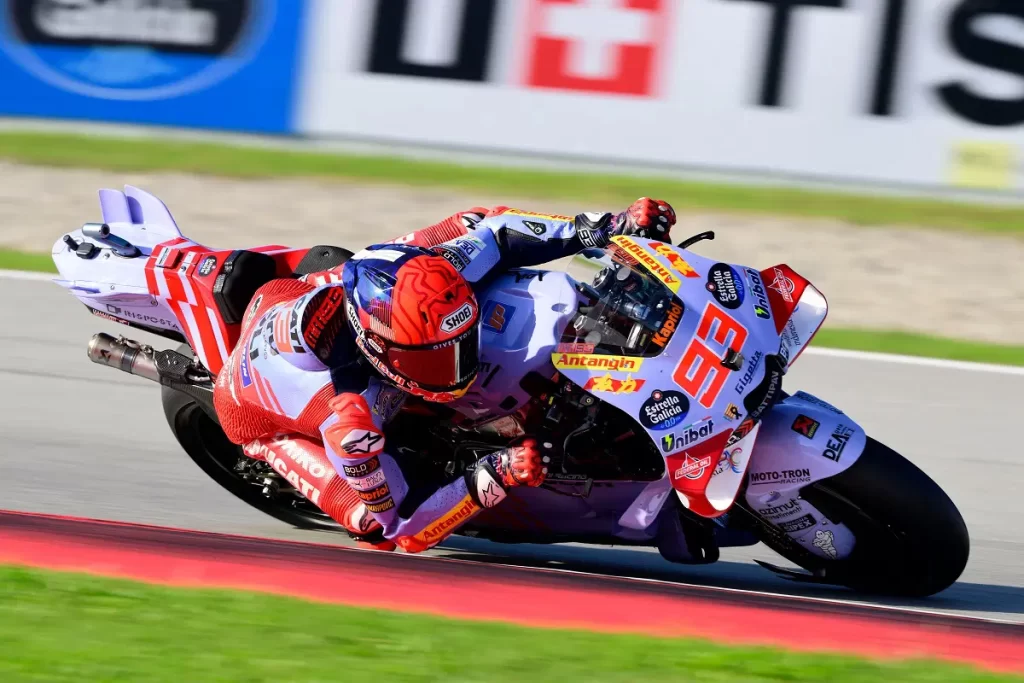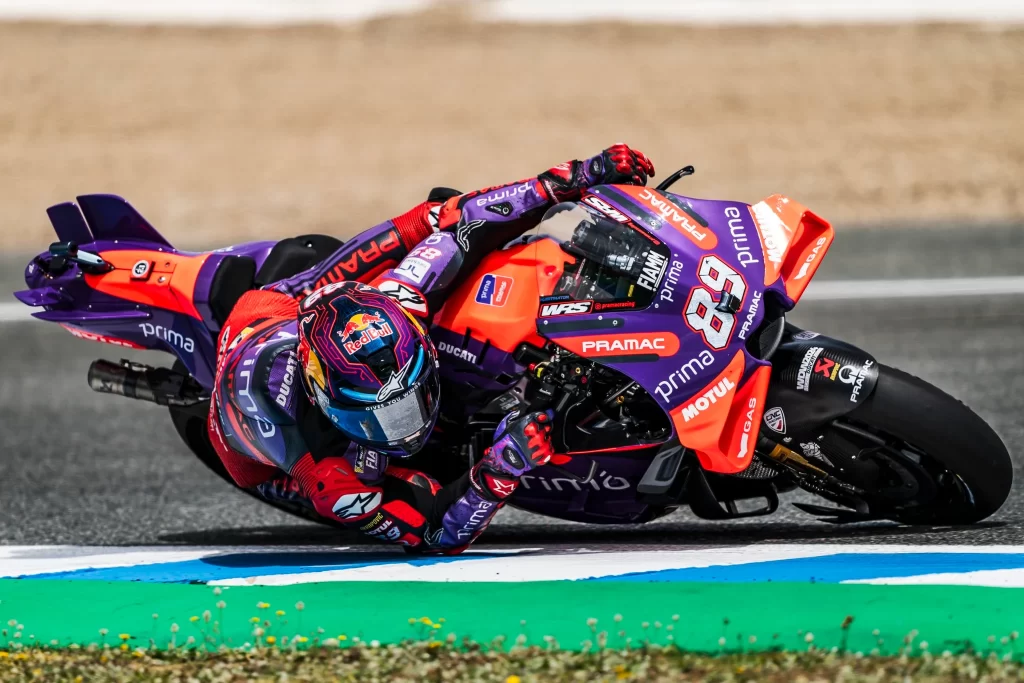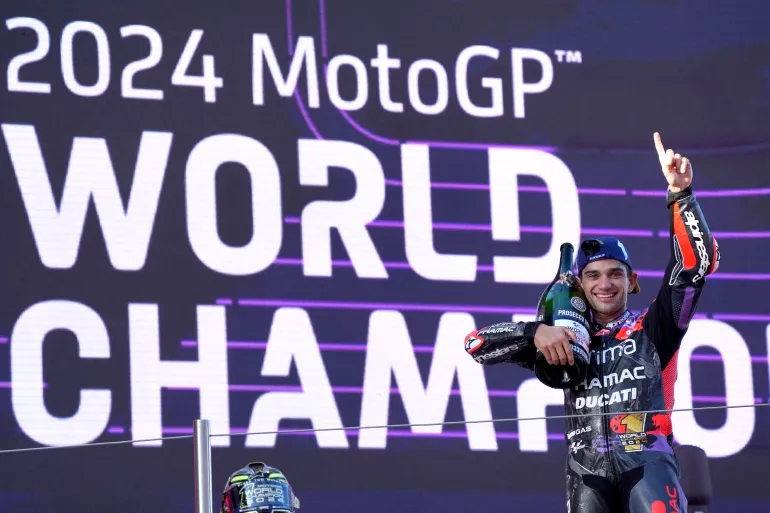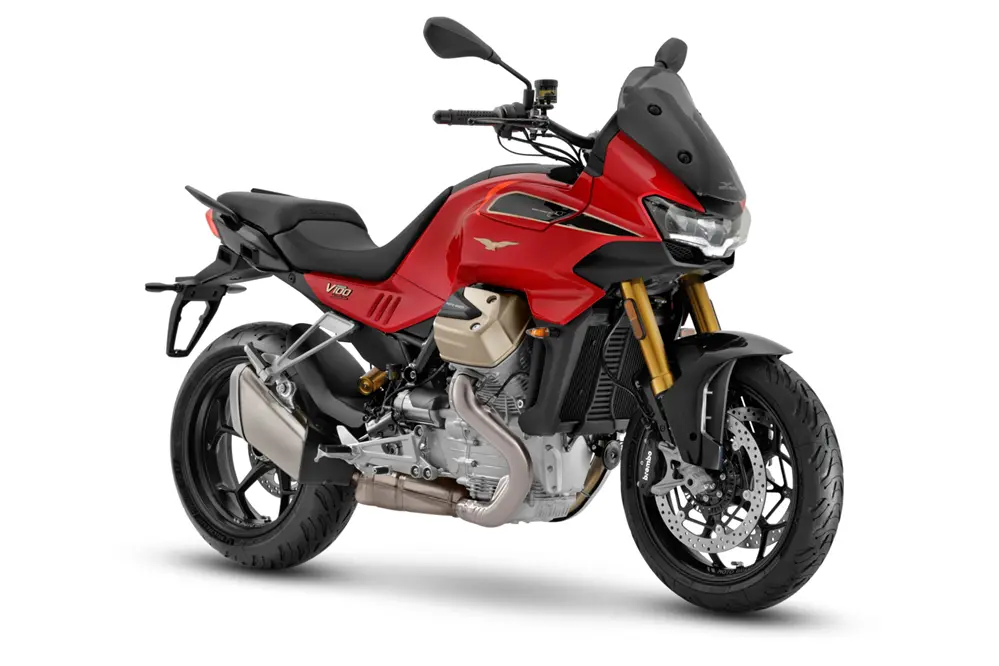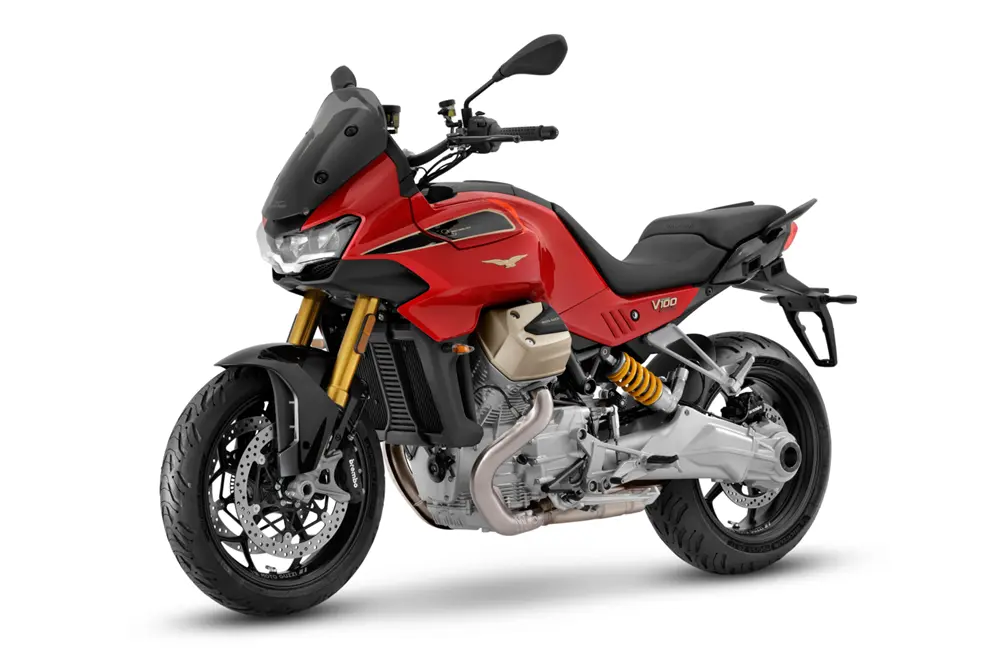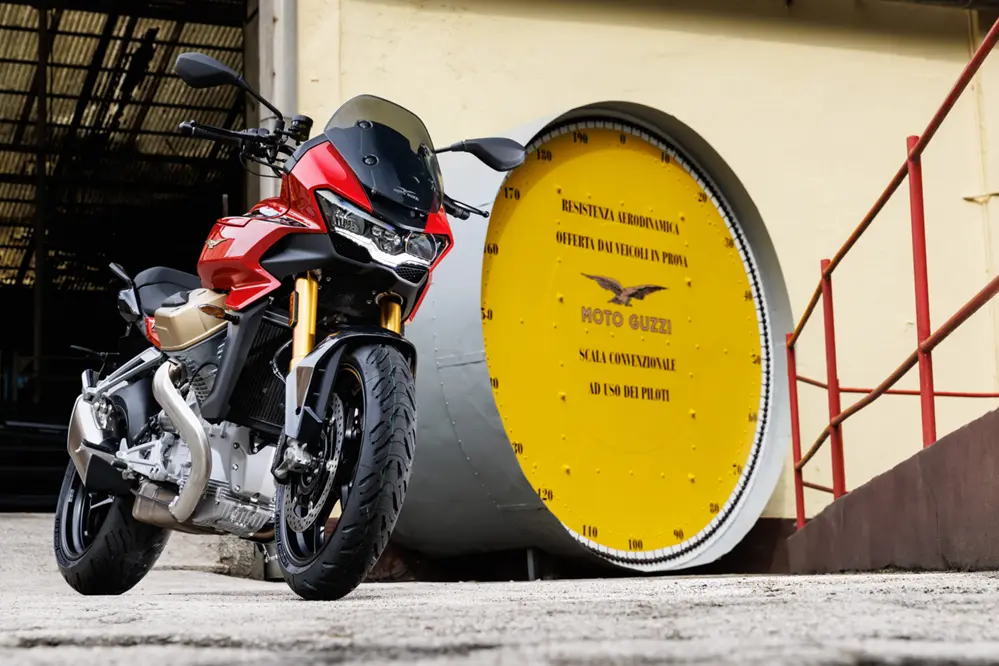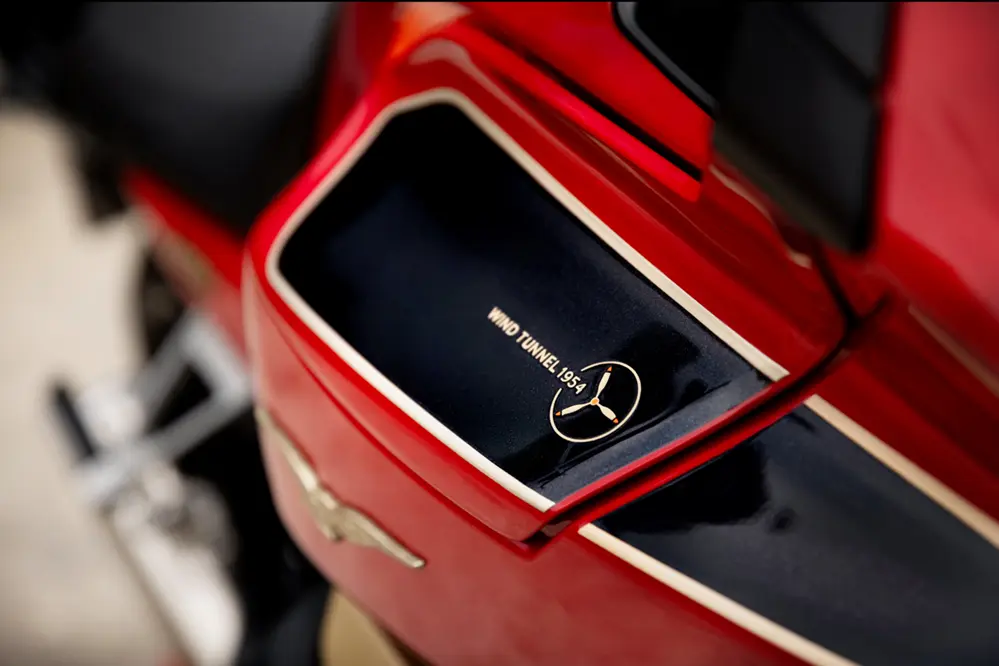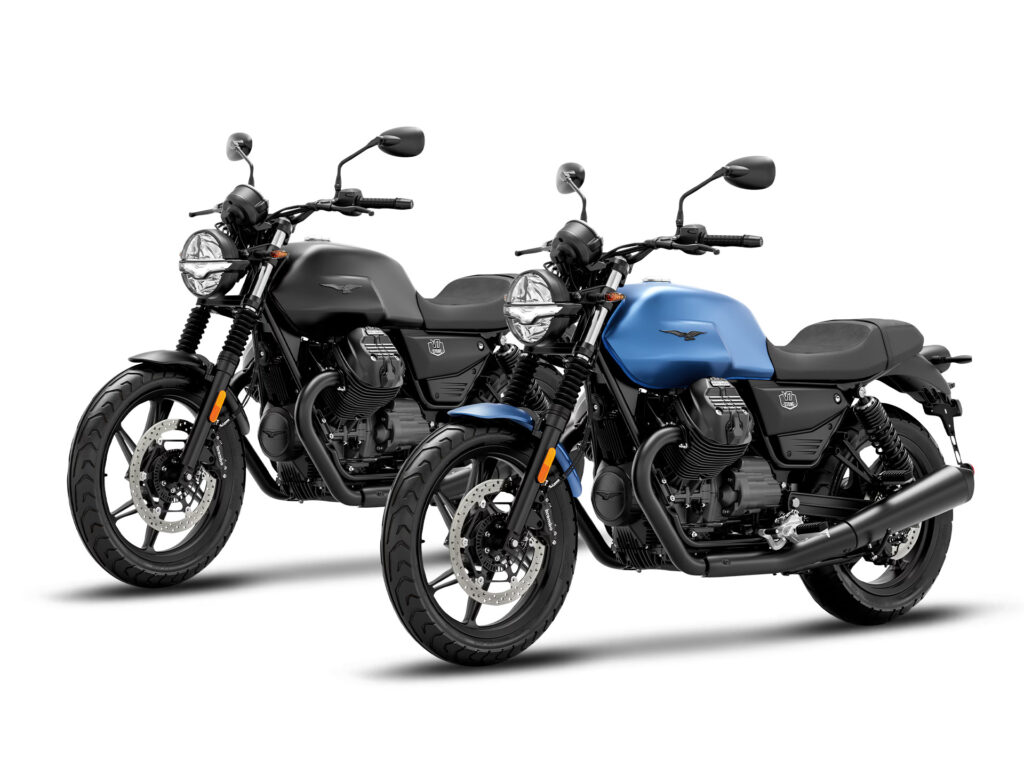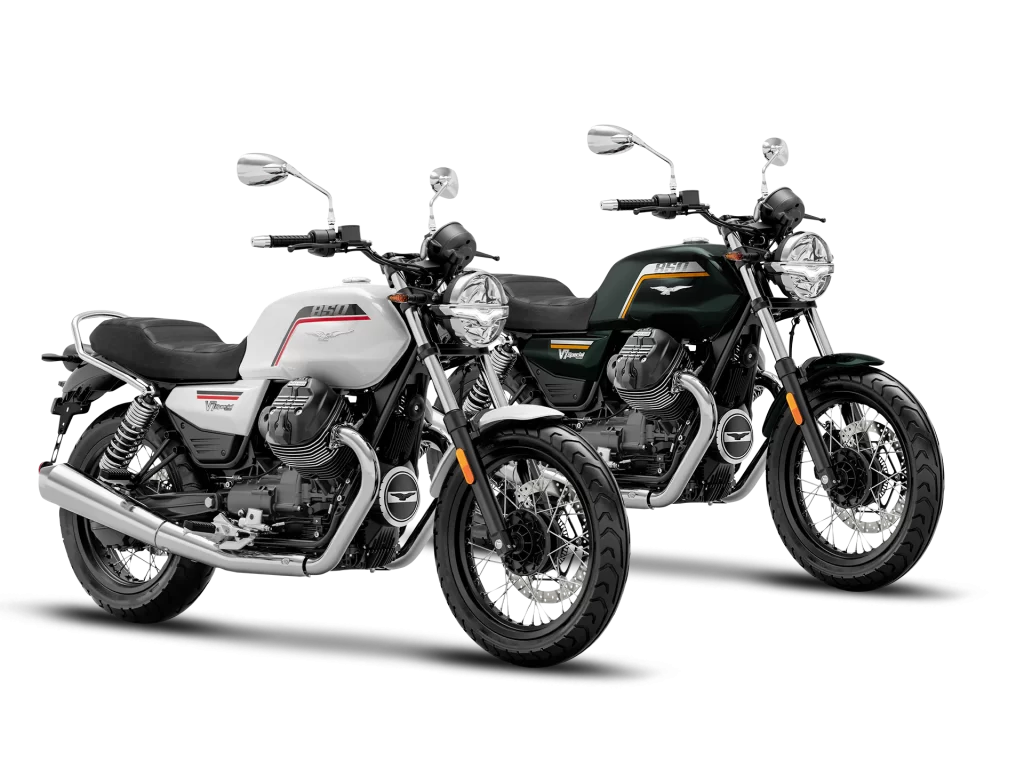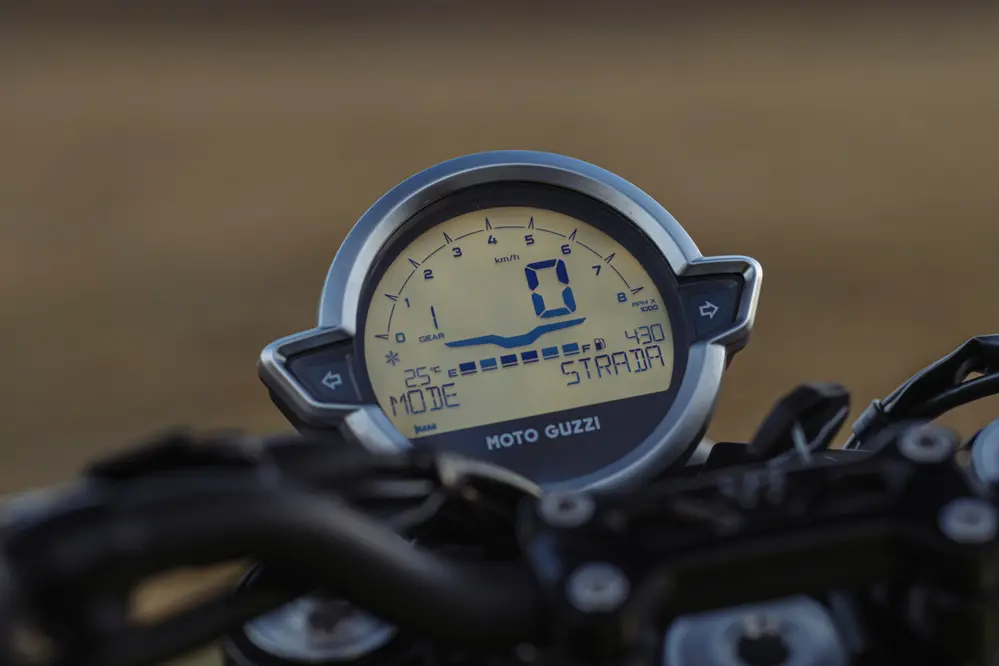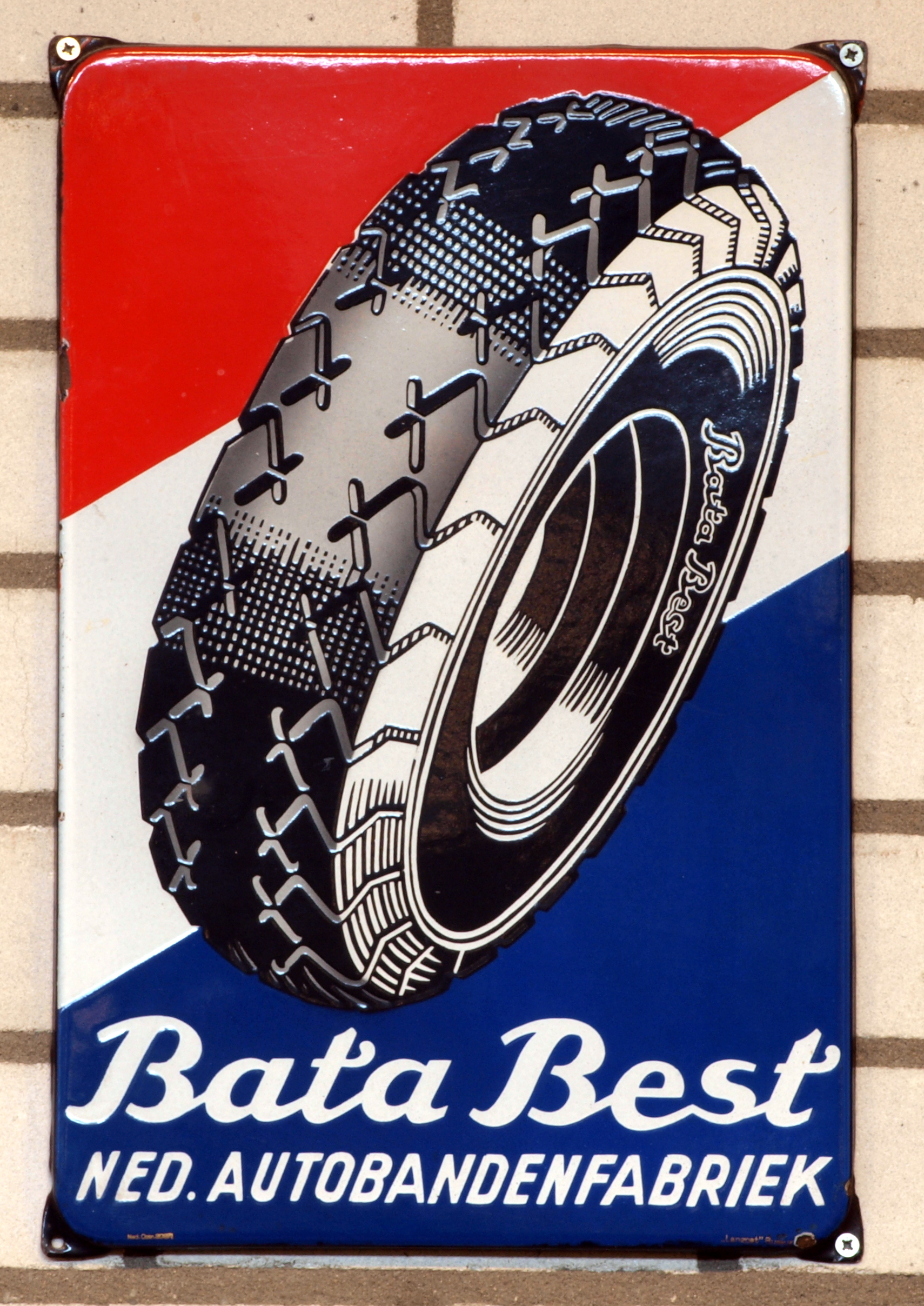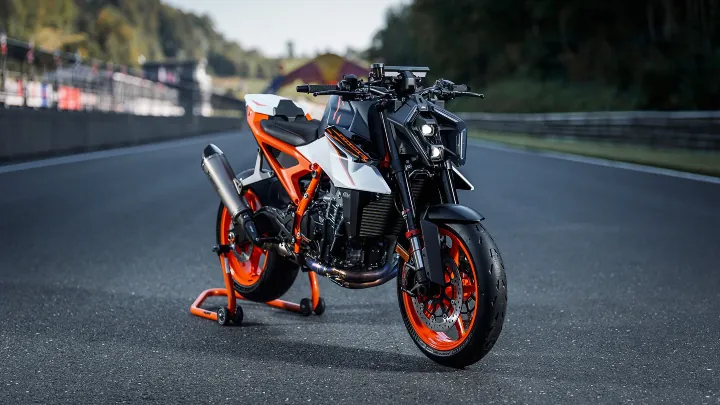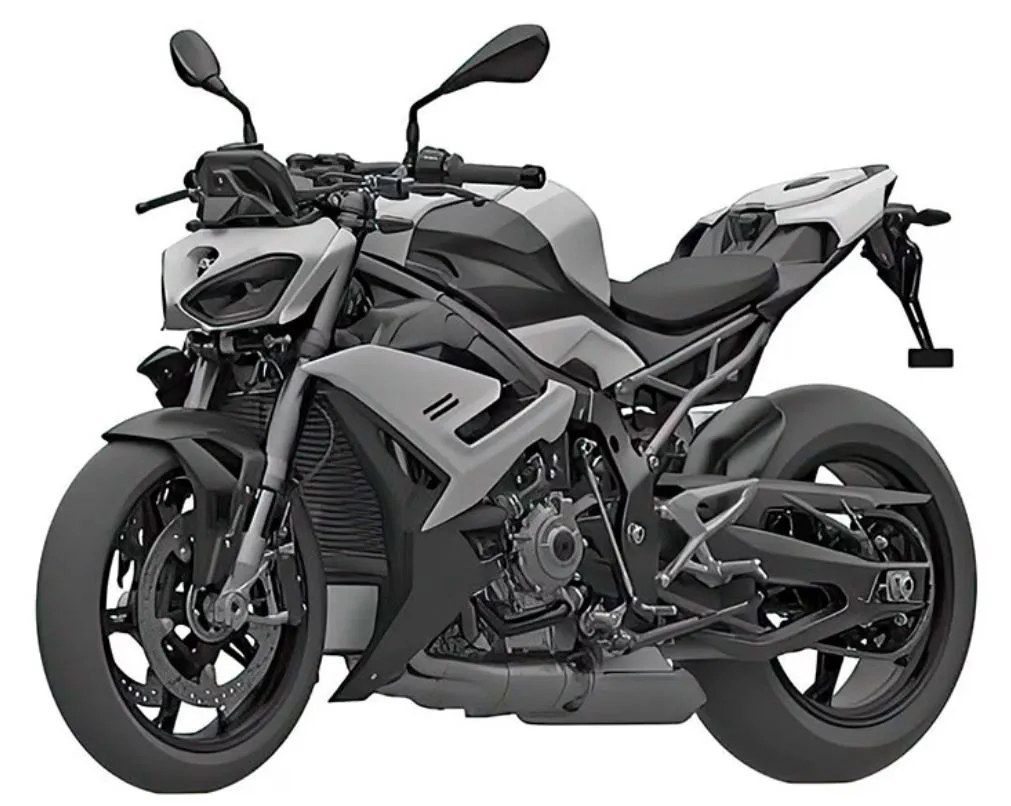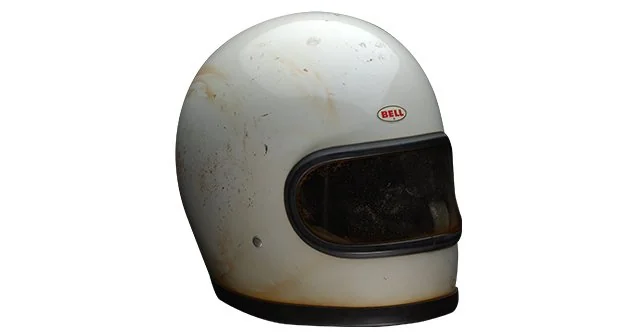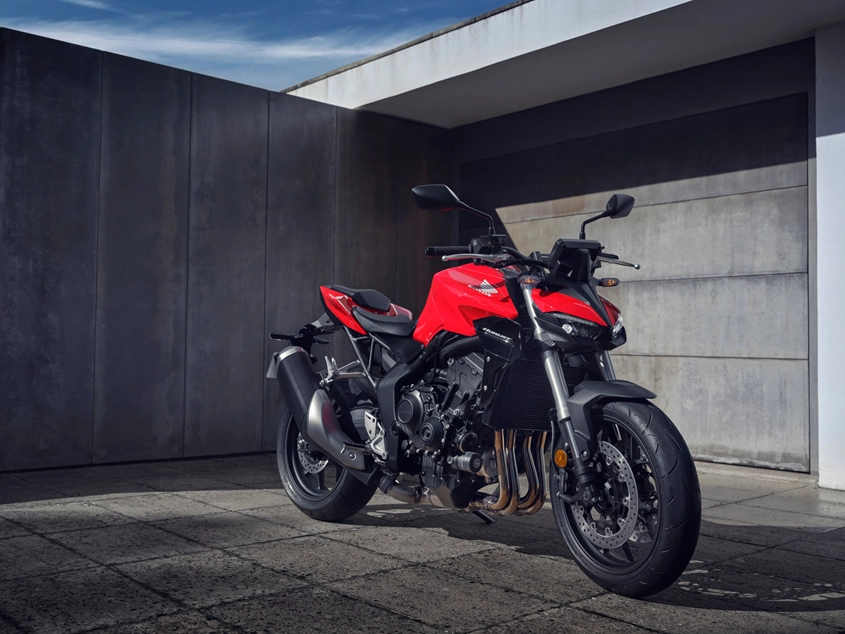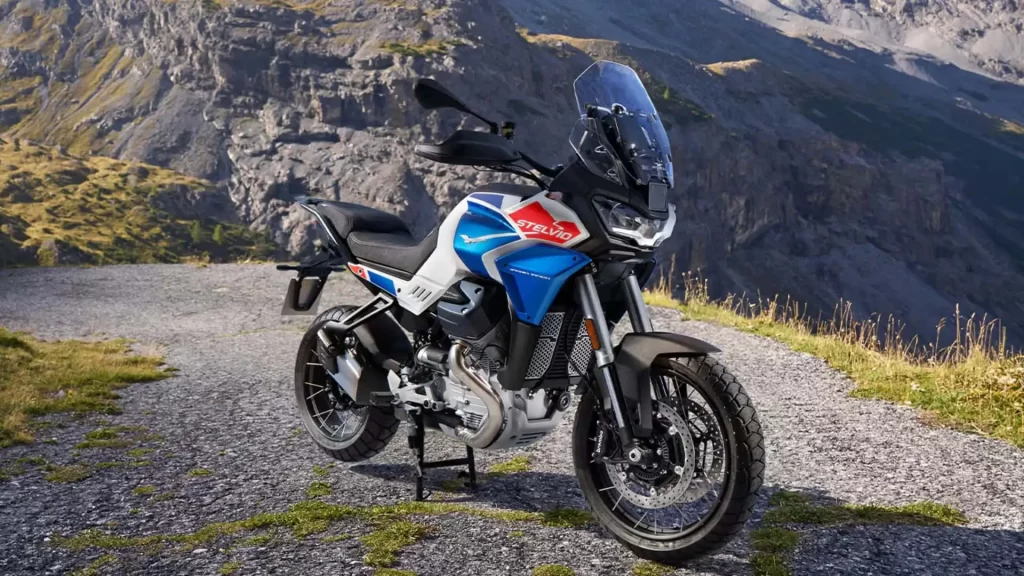The Bata brand of footwear is a global phenomenon. It is so well engrained in the lives of so many in so many countries for so long that the population of almost any of those countries thought that Bata is a local brand. For example, Malaysians think it originated from Malaysia, Indonesians think that it began in Indonesia (as they do with everything, anyway), even some countries in Africa think the same, too. But did you know there were Bata tyres, too?
Yup, that picture above was taken in 1932. The gentleman on the left was Dr. Ferdinand Porsche and the driver was Hans Stuck, in an Auto Union race car. Auto Union was what became Audi later.
History of Bata
The Bata Corporation (Baťa in the Czech Republic and Slovakia) is a multinational footwear, apparel, and fashion accessories manufacturer and retailer of Moravian (Czech) origin, headquartered in Lausanne, Switzerland.

The corporation is one of the world’s leading shoemakers by volume with 150 million pairs of shoes sold annually. It has a retail presence of over 5,300 shops in more than 70 countries across five continents and 21 production facilities in 18 countries. Bata is an employer to over 32,000 people globally.
A family-owned business for over 125 years, the company is organized into three business units: Bata, Bata Industrials (safety shoes) and AW Lab (sports style). Bata is a portfolio company with more than 20 brands and labels, such as Bata, North Star, Power, Bubblegummers, sprint, Weinbrenner, Sandak, and Toughees.
The T. & A. Baťa Shoe Company was founded on 21 September 1894 in the Moravian town of Zlín, Austria-Hungary (today in the Czech Republic), by three siblings: Tomáš Baťa, his brother Antonín, and his sister Anna. The Baťa family had been cobblers for generations. The company employed 10 full-time employees with a fixed work schedule and a regular weekly wage.

But Tomáš ran into financial difficulties almost as soon as the company was set up. So he decided to sew shoes from canvas instead of leather, which becme extremely popular. The company soon grew to 50 employees.
Tomáš was also active in seeking out new manufacturing techniques a-nd kept modernising his factory for mss production. By 1912, Baťa was employing 1500 full-time workers, plus another several hundred who worked out of their homes in neighbouring villages.
World War I
The company fortunately continued to do well when World War I broke out in 1914, as they secured orders from the military. In fact, Bata’s employees increased 10 times between 1914 and 1918.
However, the Austro-Hungarian Empire was broken up after the war, giving birth Czechoslovakia (and the Balkan states). The new country’s currency was devalued by 75%, demand for products dropped, production was cut back, and unemployment was at an all-time high. Tomáš Baťa responded to the crisis by cutting the price of Bata shoes in half. The company’s workers agreed to a temporary 40 percent reduction in wages; in turn, Baťa provided food, clothing, and other necessities at half-price. He also introduced one of the first profit-sharing initiatives, transforming all employees into associates with a shared interest in the company’s success (today’s equivalent of performance-based incentives and stock options).
Baťa also began to build towns and factories outside of Czechoslovakia and to diversify into such industries as tanning (1915), energy (1917), agriculture (1917), forestry (1918), newspaper publishing (1918), brick manufacturing (1918), wood processing (1919), rubber (1923), construction (1924), railway and air transport (1924), book publishing (1926), the film industry (1927), food processing (1927), chemical production (1928), tyre manufacturing (1930), insurance (1930), textile production (1931), motor transport (1932), sea transport (1932), and coal mining (1932), airplane manufacturing (1934), synthetic fibre production (1935), and river transport (1938). In 1923 the company boasted 112 branches.
But we are here to talk about Bata tyres, so let us carry on from there.
Bata tyres
In the 1930’s, tyres in Czechoslovakia were either overpriced imports or local high quality tyres. The high cost of transporting goods caused by the price of foreign tyres prompted Tomáš Bat’a to set up his own tyre factories.
In 1932, the first Bata tyres were used on the journey from Zlín to Luhačovice. The demand for Bata tyres grew rapidly, so Tomáš Bata built new factories and expanded production both in terms of the number of units and the breadth of the product range, displacing competing tyres from Czechoslovakia.

Unfortunately, 1932 was also the year when Tomáš Bat’a died after his airplane crashed during takeoff.
Then, in 1939, World War II broke out.
After The Great War
The Bata company’s assets in Czechoslovakia, East Germany, Poland and Yugoslavia were confiscated and nationalised.
In 1945, the decision was taken that Bata Development Limited in Great Britain would become the service headquarters of the Bata Shoe Organisation. Now based in the West, Thomas J. Bata, along with many Czechoslovakian expatriates, began to rebuild the business.
Back in Czechoslovakia, the three largest tyre manufacturers agreed to merge and create a single brand. The three were Bata, Rubena, and Mitas, therefore birthing the brand Barum.

Barum continues to operate through the communist regime’s rule until 1992 when they signed a contract with Continental. Barum Continental became the second largest joint venture in the Czech Republic when they began operating on 1 March 1993.

As for the Bata, they continued to produce shoes the world over, and leaving the tyre business altogether.

